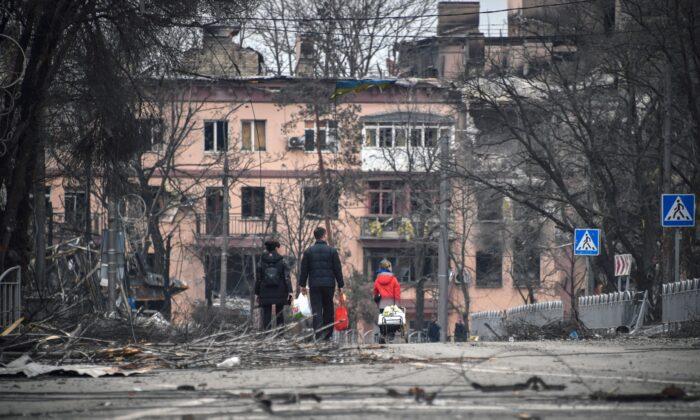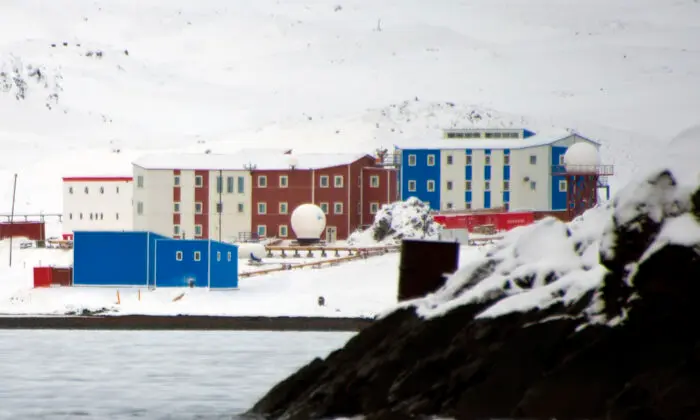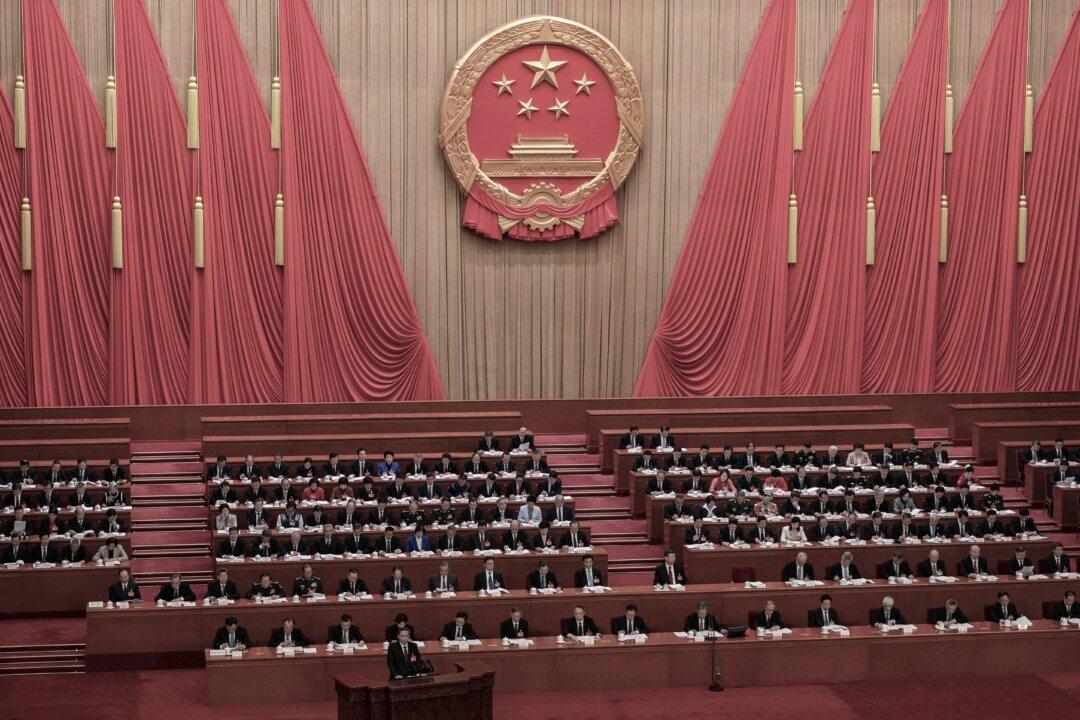The ongoing Russia-Ukraine war—even as part of a much larger strategic conflict—has already begun to yield significant lessons for statecraft and military operations.
1. Anything your adversary (a) wants you to do, (b) goads you to do, (c) offers to you as a gift, or (c) says you will do is almost certainly something you do not want to do.
Russian President Vladimir Putin took the bait on all four counts in deciding to attack Ukraine. The U.S. government had, since late 2021, insisted that Russia was about to invade Ukraine at a time when Moscow had no plans to do so (even though it had increasingly used the threat of force to keep Ukraine out of NATO).Then, on Jan. 25, 2022, U.S. President Joe Biden, while ramping up support for Ukraine, said that the United States would not interfere with a Russian attempt to militarily resolve its problems with Kyiv.
Then Washington kept insisting that Russia was in the process of a “full-scale invasion.” The war had not, even by mid-April, reached the level of a “full-scale invasion,” as dramatic as the imagery of this (or any other) war may be.

The result was that when Moscow took the bait, Washington was able to irrevocably divide the world once again into two camps, with Russia forced into an alliance with China and Iran. This will have long-term negative consequences for Russia, as well as for the West (including the United States), but has saved the Chinese Communist Party (CCP), which now has long-term stability in food and energy supply from Russia.
2. Information dominance warfare, which pre-determined the conduct of the Ukraine conflict, runs the risk that the perpetrators will unwittingly buy their own propaganda.
U.S.-led information dominance ops ascribed motives and goals to Russian planners, which clearly were not those determined by Moscow. As a result, Western analysis deceived itself at a public and policy level that Russia had militarily failed in its theater objectives by early April.The actual Russian failure was in its misunderstanding of Washington’s ability to use information dominance to drive the irrevocable polarization of the West against Russia, and to rebuild the perceived validity of the North Atlantic Alliance.
3. In the current phase of modern technology, countermeasures and defenses have not yet caught up with, or balanced, offensive capabilities.
Russia used some key new technologies with impunity in military operations against Ukraine. These, particularly, included hypersonic weapons. To the extent used thus far, however, none of these were war-winning weapons, and it is probable that even a Russian use (doubtful) of tactical nuclear weapons would materially impact the outcome of the conflict.Nonetheless, it is clear that the use of new-technology offensive weapons has given considerable impetus to the evolution of anti-hypersonic countermeasures, for example, which may be viable within a year or more.
What was clear, however, was the reality that the capabilities of unmanned aerial vehicles (UAVs) in an offensive role had still far from peaked, and that—as Ukraine demonstrated on April 13—shore-based anti-shipping missiles, coupled with reconnaissance and electronic warfare assistance from UAVs (Turkish-built Bayraktar TB-2) were difficult to detect and deter. This is a key lesson for those contemplating operations in, say, the Red Sea, Persian Gulf/Arabian Sea (Strait of Hormuz), and South and East China seas regions.

Significantly, Iran has Ukrainian-sourced anti-shipping cruise missile batteries on its coastline; Vietnam and the Philippines have acquired Indo-Russian supersonic BrahMos anti-shipping batteries.
The Ukrainian Luch Kyiv Design Bureau’s Neptune 360 ST, a vehicle-mounted anti-ship cruise missile system with a range of up to 174 miles, was used against the Russian Atlant-class missile cruiser, CG Moskva, at a reported range of only some 60 miles, and at night, giving little time for countermeasures. Bayraktar TB-2s were engaged in active electronic warfare (EW) suppression of Moskva’s systems, while two Neptune R-360 surface-skimming missiles were launched, essentially unopposed, hitting the cruiser’s port side.
Significantly, although the Moskva was extensively modernized since its initial delivery in 1979, and was operated by an experienced crew, it clearly was functioning too close to the Ukraine coastline. This may have been to avoid being in international waters with the possibility of contact with foreign warships. Still, the Moskva was insufficiently prepared for a mass EW assault on its sensors.
Ironically, the ship had been presented with what was purported to be a fragment of the cross of Jesus Christ, and this holy relic was kept aboard as a blessing and a token of good luck. It had cost the donor a reported $40 million. There was no immediate news as to whether the relic had been saved.
All 510 crew aboard Moskva were initially claimed to have been saved but subsequently acknowledged that at least 40 people were killed in the attack, and more than 200 suffered severe burns.
The loss of the Russian Black Sea Fleet flagship—the largest warship to be lost in combat since World War II—was a severe political blow for Russia.





